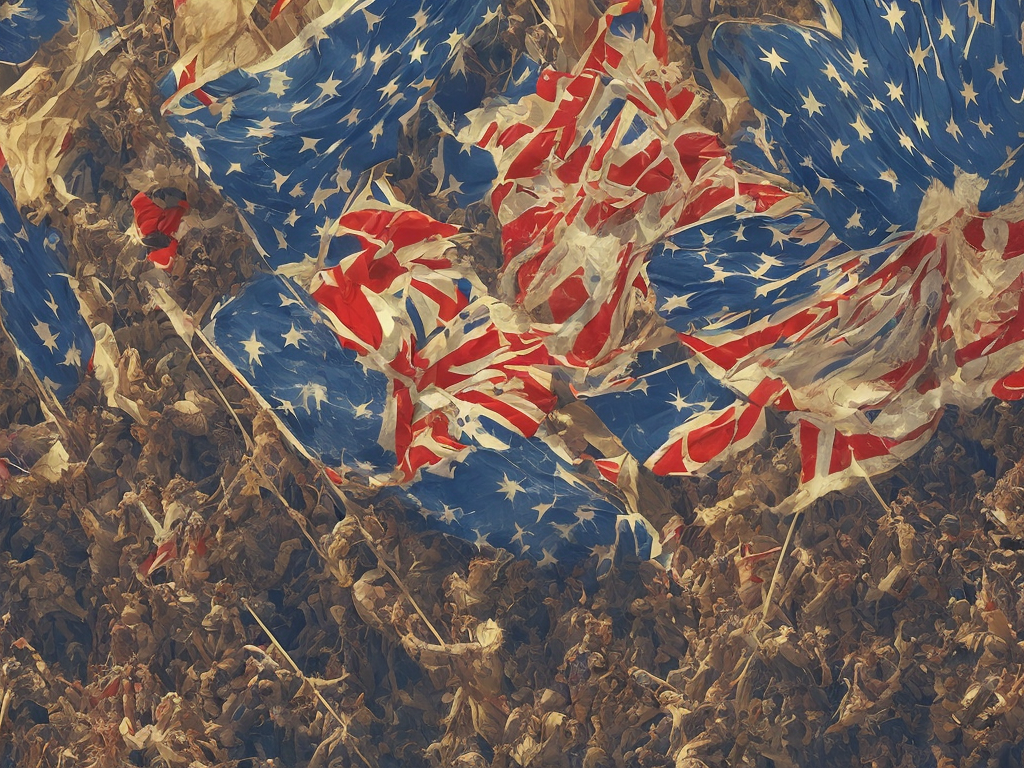
Flag hoisting and flag unfurling are two terms that are often used interchangeably, but they actually refer to different actions involving the display of flags. While both involve the raising of a flag, there are underlying differences that set them apart. In this article, we will delve into these differences, exploring the context, significance, and techniques associated with flag hoisting and flag unfurling.
To begin with, let us understand what each term signifies. Flag hoisting refers to the act of raising a flag up a flagpole in a vertical position. This action is commonly associated with national flags, flags of organizations, or even personal flags. Flag unfurling, on the other hand, refers to the process of opening or spreading out the flag once it is already hoisted. This typically involves the extension of the flag horizontally in full display.
The context in which flag hoisting and flag unfurling are performed also differs. Flag hoisting predominantly takes place on special occasions or national holidays, symbolizing the official raising of the flag as a mark of honor, respect, and allegiance. It is most commonly associated with national flags being hoisted on flagpoles in public spaces. This act can be seen during ceremonies such as national independence days, republic days, or significant anniversaries. Flag hoisting can also take place during official governmental events, military ceremonies, or even at educational institutions to mark the beginning of a new academic year.
On the other hand, flag unfurling is generally associated with sporting events, cultural festivals, or similar celebrations where flags are used to represent teams, countries, or organizations. For instance, during the opening ceremony of the Olympic Games, each participating country's national flag is unfurled and displayed alongside the host country's flag. This action holds great symbolic value as it represents the unity and diversity of nations coming together on a global stage.
The techniques used to hoist a flag and unfurl it also differ. Flag hoisting involves attaching the flag to a halyard, which is a rope or line specifically designed for raising and lowering flags. The halyard is then secured to the flagpole, allowing for the controlled raising of the flag in a vertical position. This process may be performed manually, using human strength, or it can be automated through mechanisms such as winches or pulley systems in larger settings. It is often accompanied by a specific protocol, including appropriate gestures and salutes, especially when hoisting national flags.
On the other hand, flag unfurling is carried out once the flag is already hoisted. It involves extending the flag horizontally in full display by releasing any folds or creases. While flag hoisting often requires some level of physical effort, flag unfurling is relatively straightforward. Simply releasing any tied-up portions of the flag allows it to unfurl naturally due to gravity and wind, thereby revealing its full design and colors. Depending on the material and size of the flag, sometimes a gentle shake or a slight breeze is sufficient to ensure complete unfurling.
The significance of both flag hoisting and flag unfurling lies in their ability to convey messages, evoke emotions, and foster a sense of identity and pride. When a country hoists its national flag on special days, it serves as a visual representation of the nation's sovereignty, independence, and values. It instills a sense of patriotism and unity within citizens, reminding them of their shared heritage and aspirations. Flag hoisting also holds ceremonial importance in military contexts, where it symbolizes authority, honor, and the continuity of traditions.
Similarly, when flags are unfurled during events, they serve as emblems of the teams or organizations they represent. This act signifies the commencement of the event, invoking a sense of excitement, competition, and camaraderie. The unfurled flag becomes a focal point for the participants and spectators, rallying support and fostering a spirit of unity or friendly rivalry.
It is worth noting that the distinction between flag hoisting and flag unfurling is more apparent when considering official protocols and ceremonial contexts. In informal and everyday settings, the distinction may be less significant, and the terms can be used interchangeably without raising eyebrows. However, understanding the nuances between these actions adds depth to our appreciation of flag display traditions and their cultural significance.
In conclusion, flag hoisting and flag unfurling are two actions that are related yet distinct. While flag hoisting refers to the act of raising a flag vertically up a flagpole, flag unfurling involves opening or spreading out the flag horizontally once it is already hoisted. The context, techniques, and significance associated with these actions differ, with flag hoisting being more commonly associated with national or official events, and flag unfurling being prevalent in sporting or celebratory contexts. Both flag hoisting and flag unfurling invoke a sense of pride, identity, and unity, making them integral elements of our collective rituals and celebrations.
 Self-Instruct
Self-Instruct